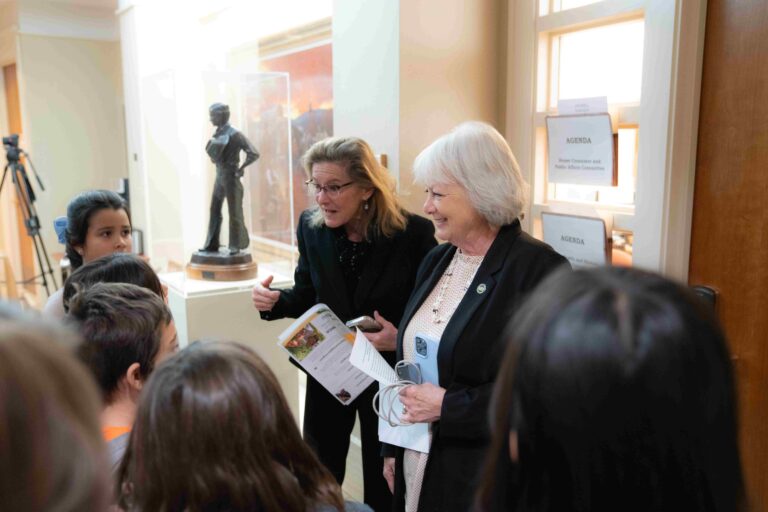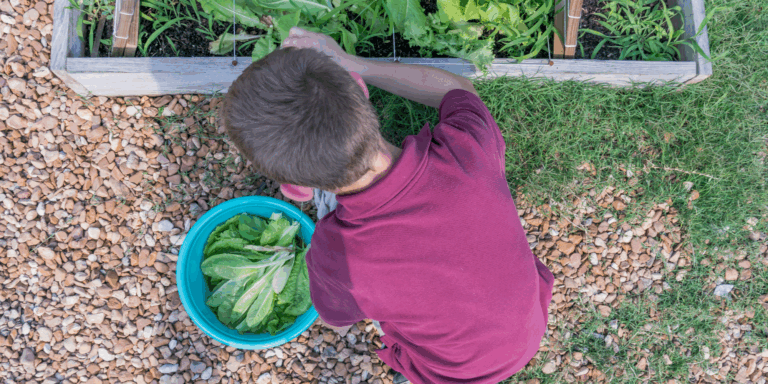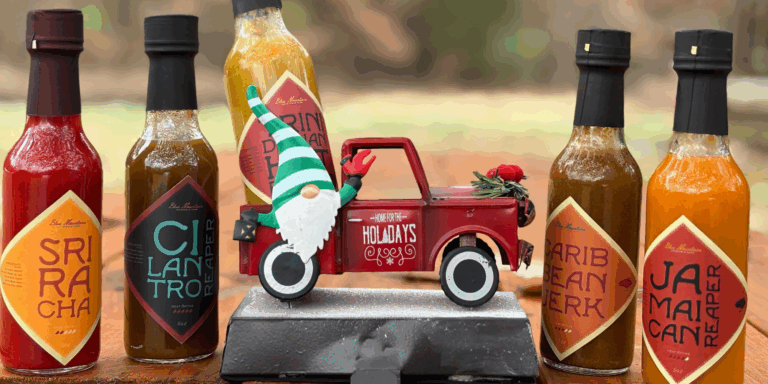If Kids Could Design Their Own Cafeterias, What Would They Choose?
A new FoodCorps initiative gives kids a voice in reimagining their school cafeterias to be more joyful, inclusive spaces.
Help nourish students’ minds, bodies, and hearts this holiday season!
A new FoodCorps initiative gives kids a voice in reimagining their school cafeterias to be more joyful, inclusive spaces.

By Benita Gingerella for Food Service Director
In an effort to expand its work around cafeteria development, FoodCorps, a nonprofit that seeks to help schools create healthier school food spaces, began thinking about a new approach.
“We really wanted to take a deep look at what cafeteria environments look like across the country and develop programming based not on what we thought we knew, but on the diversity of experiences that our partners across the country … have within that space,” says FoodCorps director of program innovation Lucy Flores, noting that this idea encompasses a variety of stakeholders—students, cafeteria staff, school administrators and community members.
This year, the nonprofit is hosting school pilot programs aimed at cafeteria transformation, centering on providing new healthy options for students as well as modifying cafeterias physically.
The Our Cafeteria project focuses on the latter. With some funding help from fast-casual chain Sweetgreen, which has provided $1 million as a partner of FoodCorps, students at five schools throughout the country are spending this school year crafting and executing ideas to make their cafeterias more inviting.
Here’s how the project works: At the start of the school year, a handful of students in grades three through five are selected to represent their student body. These students meet with a FoodCorps service member throughout the year to look at what’s working well in their cafeterias and how they can team up with school officials for improvements.
“[Students] are really engaging nutrition service leaders and their cafeteria staff in this process, along with their principal and their fellow students,” says Erica Curry, FoodCorps director of education.
During the first few meetings, students participate in a variety of activities to get them thinking about the cafeteria space and what they experience when inside it. These include having students illustrate a map of what the cafeteria looks like to them as well as interviewing cafeteria staff.
From there, the students come up with several different ideas, which are voted on by the entire student body. Student representatives then choose a final option from the top three selected by their peers. Once decided, students spend the remainder of the year working with school officials to bring that idea to life.

Our 2025 Child Nutrition Policy Year in Review

Winterizing Your School Garden

5 Awesome Small Businesses by FoodCorps Alums